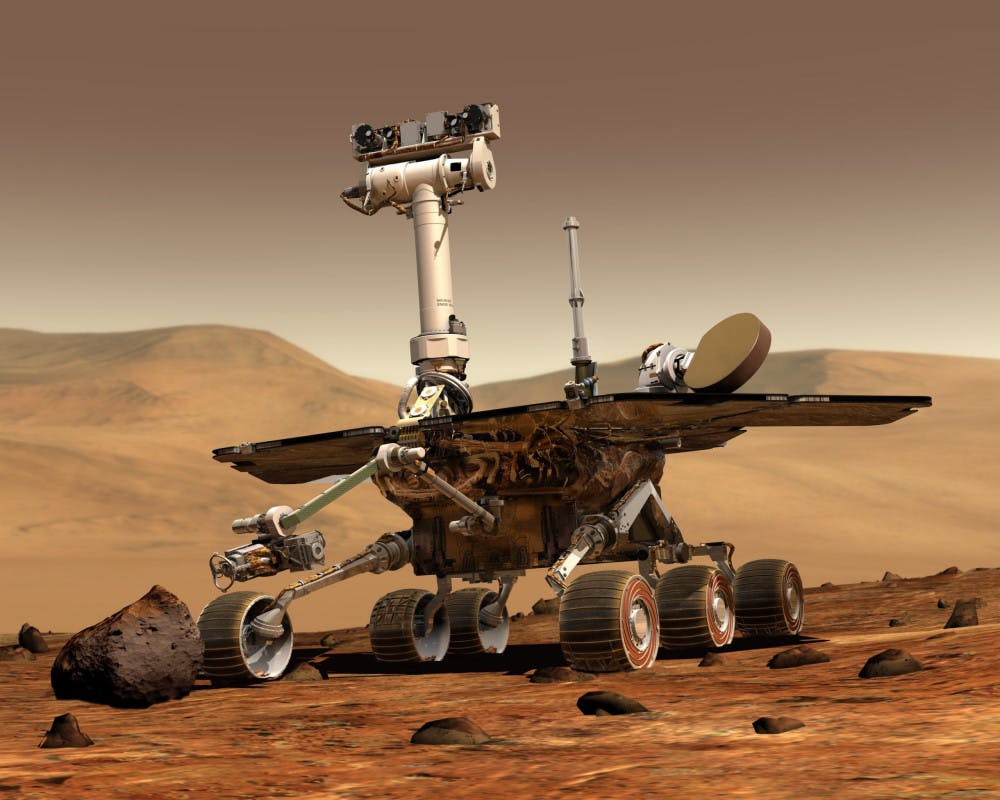Mars Rover | Photo by Pexels
After seven months of preparation, NASA’s 2020 Mission has safely landed on Mars. The Perseverance rover safely touched down on the surface of the red planet on Thursday, Feb. 18 at around 3:00 PM.
In around seven minutes, the spacecraft was able to perfectly land itself, entering Mars’s atmosphere at over 12,000 mph and slowing to a complete stop.
The landing of the Perseverance rover is not the only thing to look for during this year’s mars mission either. Over the next decade, this mission looks to amaze us through the lens of the past, present, and future.
Past
The main mission of the rover is to look deep in the past, studying the planet’s past geography and climate to try and find signs or ancient, microscopic life.
It will do this by first heading to the site of a former river delta on the surface, about one and a quarter miles from it’s landing position. The river will be a perfect spot to look for signs of life, since living as we know it requires water.

It will also be the first mission to collect and store rocks from the surface of the red planet, and future missions collaborating with European agencies will help to send these samples back to earth.
Present
One of the biggest innovations of the Perseverance rover is the landing itself. Just simply slowing down from 12,000 mph to zero in seven minutes is amazing on its own.
The robot had to pilot itself due to a 22-minute time gap back and forth between Perseverance and mission control.
The Jezero Crater that Perseverance landed in is full of holes and cliff faces, forcing NASA to create new tech that not only opens the parachute when exactly necessary, but also to scan the ground below the rover and find it a perfect spot to land.
The rover did all of this while recording everything in HD video, taking thousands of photos and returning the very first sound heard on the surface of Mars.
Future
As NASA studies far into the past, they are also planning for the future.
Along with planning future missions to send the first martian rock samples back to earth, there are other missions to look forward to in the next couple months.
Ingenuity is NASA’s prototype helicopter, which plans to be the first craft to fly on another planet in the next few months. Moxie is an instrument that could pave the way for Astronauts to create oxygen out of Mars’s CO2 air.
Other countries are also getting into the mars mission, with China and the United Arab Emirates getting in on the action.












